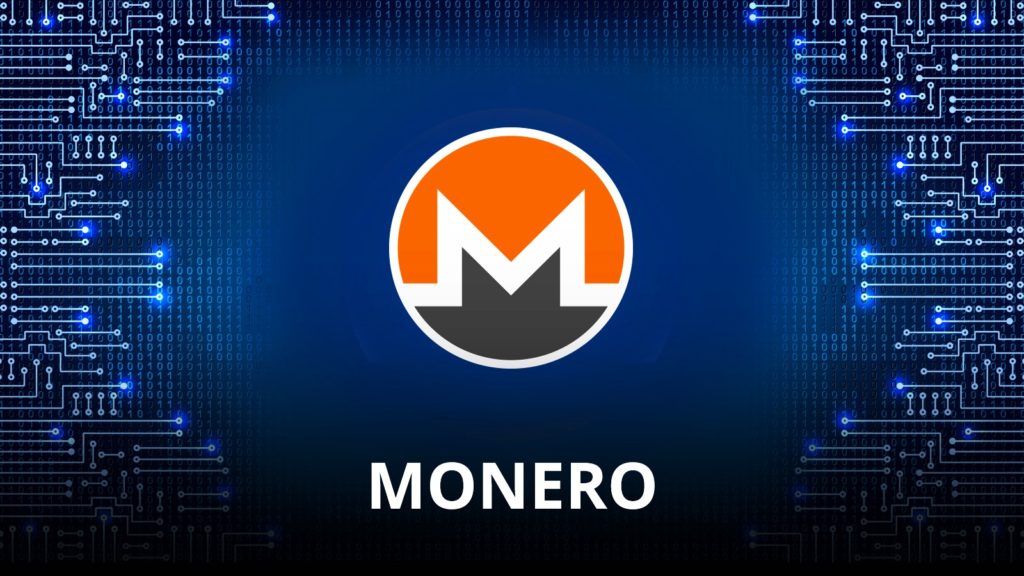Facebook
Ethereum, and it’s cryptocurrency ETH, was proposed by Vitalik Buterin in 2013, although the system only went live on 30 July 2015.Ethereum is a blockchain platform, where developers can build decentralized applications (dApps) and smart contracts.Ethereum is now home to a very large number of dApps ranging from decentralized finance to blockchain games.
The Ethereum blockchain currently uses the Proof-of-Work consensus algorithm, which is quite slow when it comes to performing transactions.Due to this, Ethereum has been dealing with scalability issues over the last few years – and in response its’ competitors have developed alternatives for building dApps and token issuance.
Blockchains like EOS, TRON, and IOST all aim to outperform Ethereum through faster transaction speeds and lower costs.Basically, Ethereum has to initiate changes to its blockchain to make it more scalable, or potentially lose its status as the platform of choice for dApp developers.
Ethereum is planning to overcome its scalability issues by implementing two hard forks.The first hard fork is Istanbul, which is set to begin in December , after which Ethereum will implement Serenity – which will be the launch of Ethereum 2.0 sometime next year (if all goes well).Now, let’s take a look at everything you need to know about the upcoming Ethereum forks.
Umm… the scalability trilemma was about scalable blockchains, not PoS; those are two separate topics.And the trilemma was never an impossibility result, it was claiming that getting 3 of 3 is *hard*.
— vitalik.eth (@VitalikButerin) October 10, 2018
The Istanbul hard fork
The Ethereum Istanbul hard fork is a system-wide upgrade that aims to make changes to the blockchain’s data storage process, mining protocol, and code execution, in three phases.These changes to the network, should bring it closer to what developers require for building dApps on top of the blockchain.
Istanbul is the last in a series of updates, starting with Frontier 2015, Homestead in 2016, Byzantium in 2017, and Constantinople in 2019.The modifications should provide the platform with increased scalability, security, and interoperability.
Istanbul is made up of a series of Ethereum improvement proposals (EIPS), from which the most commented on was the proposal of the ProgPow consensus.
This update will promote decentralization by helping to balance forces on the blockchain.
Istanbul upgrade core developer Péter Szilágyi, had this to say when speaking to Coindesk in August: “We split Istanbul into two.One of them we can actually ship within weeks.[The other contains] two really big EIPs that would be nice to have but require some stuff that cannot be done within the two- or three-week timespan.”
The second part of the Istanbul hard fork will focus on modifications that, as Szilágyi said, require more time, such as ProgPow.
By the end of the hard fork’s third installment, the Ethereum network should be cheaper, quicker, and more scalable.
Closing in on Ethereum 2.0
After the Istanbul hard fork, we can expect the launch of a new Ethereum blockchain next year.
The Beacon Chain will be a parallel blockchain that uses the Proof-of-Stake (PoS) consensus algorithm, that will consolidate Ethereum 2.0 Serenity.Ethereum 2.0 will run as a separate, parallel blockchain for the use of validators.Customers and end-users will not need to be aware of the new blockchain, as all activities will continue as usual with the ETH token.
Frankly, this transition isn’t going to be easy, but it will certainly make Ethereum more scalable and help increase stability and security.It’s a brave but necessary move that will enable the blockchain to remain competitive in the market.
Furthermore, Istanbul makes it possible for Ethereum 1.0 to exist alongside Ethereum 2.0, although current users will need to move over to the new network.
So, there’s everything you need to know about the upcoming Ethereum forks.
A necessary move
Now that you have everything you need to know about the upcoming Ethereum forks, it’s pretty clear that both Istanbul and Serenity are necessary steps to ensure the viability of Ethereum in the long term.Had they not addressed the scalability issue, it’s likely that other blockchains like EOS or TRON would have taken Ethereum’s place as the most popular choice for dApp developers.These forks are vital moves that will provide improved scalability and security, and will increase decentralization..
